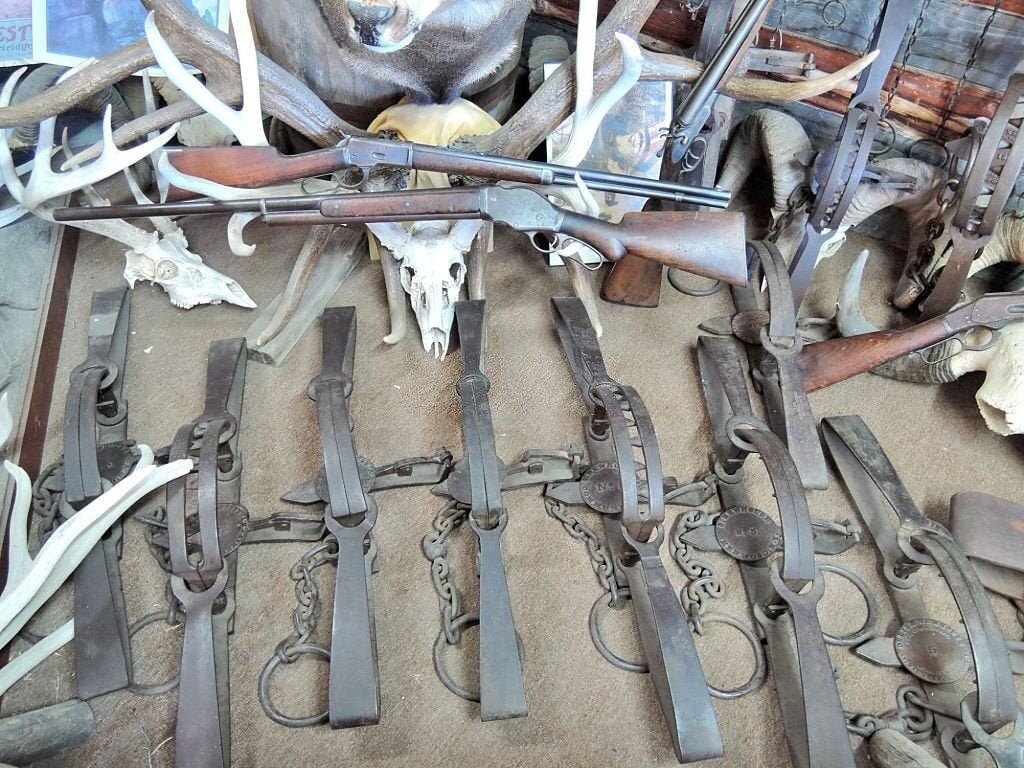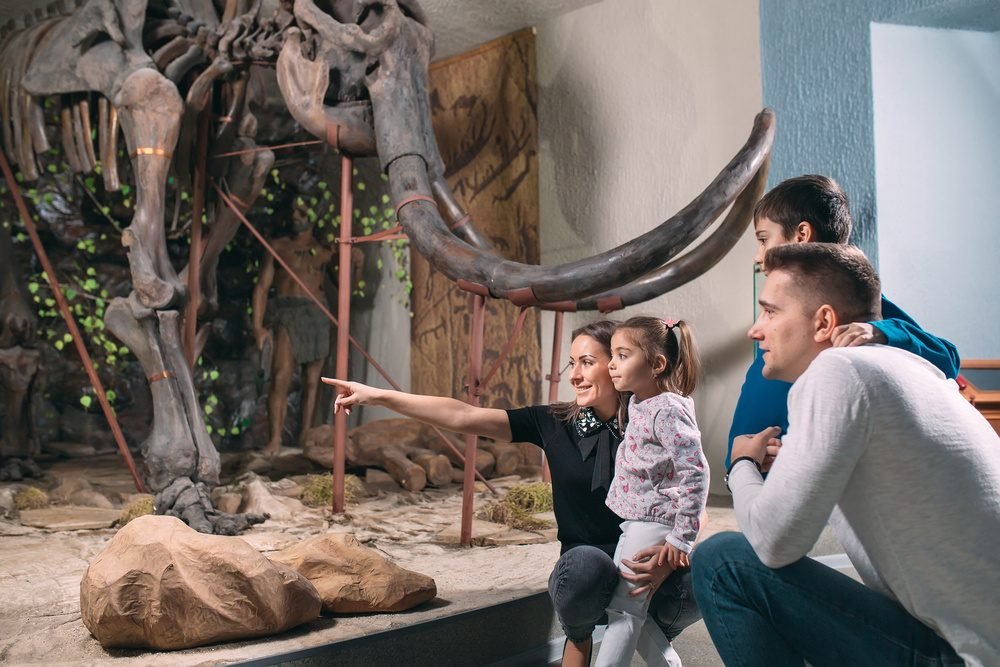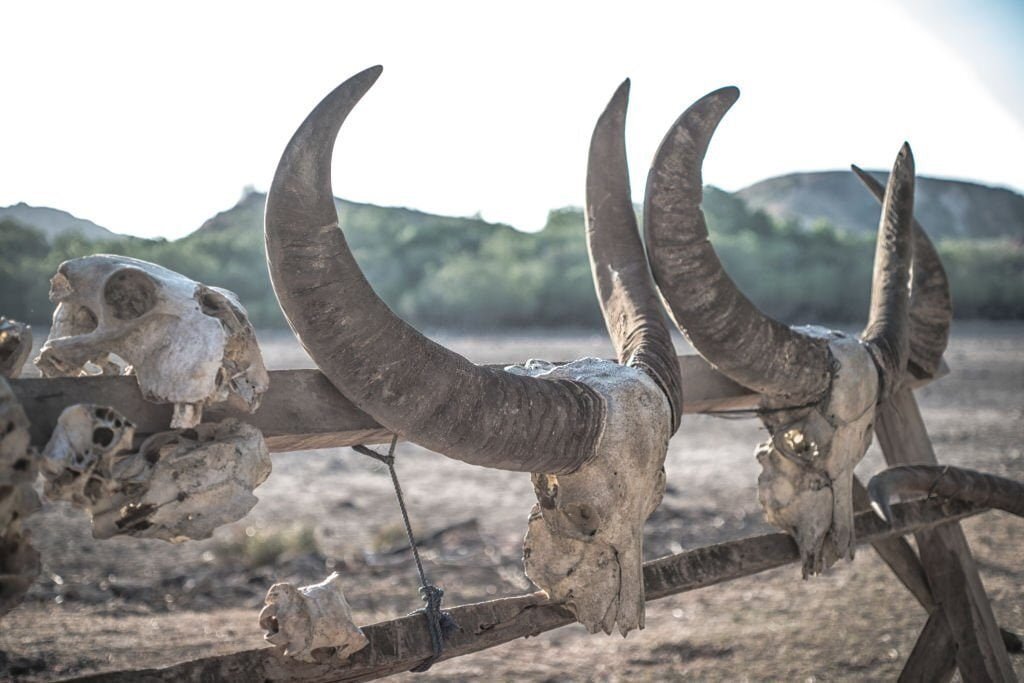Some people have the misconception that there’s something wrong with those who collect bones. But nothing could be further from the truth. Bone collectors are just individuals who are curious and passionate about science and nature.
Notably, bones contribute greatly to a wide variety of academic disciplines, such as medicine, anthropology, and archaeology. By studying bones, you develop a deeper understanding of life and death. So, there’s nothing wrong with having an interest in them and starting a bone collection.

However, starting a bone collection can be difficult, especially if you aren’t sure of how or where to begin. And if you check what's for sale at various bone collection stores, you’ll realize that to get your first collection, you may need to cough up hundreds of bucks. On the contrary, your first collection could simply involve getting a dead animal, removing its flesh, and cleaning the bones in readiness for storage or display.
Moreover, it'll help if you first understand your country's bone collection laws and the procedures involved in bone collection. For example, you may need to know how to remove tissues, clean, sterilize, and store the bones. You can clean bones using various techniques, ranging from soaking them in foul chemicals to simply leaving the bones to dry in the sun. Each method has its merits and demerits, and people prefer one to the other. Sometimes, you'll have to degrease the bones to remove the oily substance and whiten them to improve their appearance.
Once you complete the cleaning process, you assemble the bones to your desired posture for display. And in the process, you may require steel rods, wires, pins, and glue to fasten the bones together.
The process may seem intricate, but it's easy to understand and do. So, check out this guide. It'll help you understand the nitty-gritty of bone collection and save you some bucks.

Knowing The Laws Governing Bone Collection In Your Country
As a bone collector, you need to abide by the laws of the land. In many countries, it's not easy for you to own bones from a corpse, even with written consent from the deceased. Simple question: How does finding a collection of human skulls or vertebrae in your friend's house feel? The reason may be genuine. However, your friend may get in trouble with authorities seeking to validate their license. In addition, acquiring the license is gruesome, and this may not be the best way to begin your bone collection pursuit.
You can start with animal bones since they're easy to find, and you may not need licensing to collect bones from most animals. Many countries may prohibit their citizens from owning any body parts of endangered species, like white sharks and major primates. And if you're in the US, you can't legally possess bones from any marine mammals. Furthermore, the Migratory Bird Treaty Act prohibits you from collecting bones of any native bird, birds of prey, and all songbirds. As a law-abiding citizen, you need to familiarize yourself with the laws and know where to draw the line.
Various states in the US have unique laws that could affect your bone collection pursuit. For instance, some states allow you to collect road kills while others require a license. There are also states where it’s illegal. In fact, some states prohibit entirely owning the body parts of a panther and black bears. If you reside in a state where you're allowed to collect road kills, consider carrying your collecting kit wherever you go.
Sometimes, you might visit an online store and find a skull or vertebrae on sale. But don’t rush to buy it. Before making a purchase at an online store, you need to confirm the country of origin and obtain the necessary permits and licenses to import. Otherwise, you could get arrested and sued for smuggling.
Understanding The Components Of A Bone
Perhaps, you've found a bone or several bones that you want to prepare for your collection. Before you take any step, though, you need to understand the components of a bone. Each bone is primarily made up of two components:
An organic part: The organic part consists of a protein matrix and collagen.
A mineral/inorganic part: The mineral part of the bone covers the protein matrix and collagen component of the bone. It's composed of calcium phosphate (hydroxyapatite), which makes it hard.
The organic and inorganic parts combine to give the bone a combination of toughness and elasticity. Bones are generally strong. However, they can deteriorate if one of the elements is removed through human or environmental factors. For example, ecological factors, like fluctuations in climate and exposure to UV light, can degrade collagen in bones.
In addition, acids may corrode the mineral element leaving the protein part. And in a worst-case scenario, acid can also destroy the protein and the collagen element. Human factors are often caused by poor specimen processing techniques. If you're unsure of how to process your bones, a company that specializes in wholesale dermestid beetle sales and European mount taxidermy, such as Boneyard Beetle Works, could help you prepare your bones seamlessly.
Getting Bones For Your Collection
Collecting bones is not a problematic adventure, especially if you know where to get them. For example, hunters may be willing to give you bones from their kill since they don't need them. You can also get bones by collecting roadkill if it's legal in your country. Lonely rural roads are good sites for finding and collecting roadkill. Remember to use road safety skills when collecting roadkill.
Having an assortment of bones is a tremendous undertaking and requires in-depth consideration. For instance, if you want to display the skeletal structure of a squirrel in your house, you can buy or hunt some squirrels for your collection. Be intuitive when scavenging. Look out for fur, blood, or disturbances in fallen leaves, and you may uncover a carcass. As you hunt, maintain safety standards, like wearing proper shoes, sharing details of your hunting trip with your family, keeping your phone on, having friends with you, and putting on bright-colored clothes.
Once you have your dead animal, you may want to remove the flesh or dried tissues to remain with the bones. Always wear gloves to avoid contracting viruses or disease-causing bacteria when handling dead animals and wash your hands properly with soap or use sanitizer.

Removing Flesh Or Desiccated Tissues From The Bones
If your bones still have flesh or dried tissue, you must remove the meat before adding the bones to your collection. Removing the flesh from bones can vary, including simmering for several hours, maceration in cold water for weeks, and deeply burying the carcass for years. You can also remove flesh from your carcass by:
- Using dermestid beetle larvae to extract desiccated tissue from the bones
- Treating it with chemicals or enzymes, such as hydrogen peroxide or sodium perborate
- Simmering the carcass in a hot water container to quicken the removal of flesh
- Soaking the carcass in ammonium solution
- Removing the meat by hand
Uncleaned bones are usually packed with cellular tissues, blood vessels, fluids, and blood in the form of marrow and oil. The main problem could be removing the fat and marrow without destroying the mineral parts of the bones. Other alternative techniques, like boiling or using dermestid larvae, to clean can leave the internal components of the bones too oily. However, some techniques, such as long-term water maceration or decomposition, can concurrently remove dried tissue and oil.
Removing flesh and dried tissue from bones is the most challenging process for bone collectors. And if it's not done well, you may cause permanent damage, lose them (tiny bones), or predators could eat the bones. Hence, you need to be extra careful when cleaning your collection.
Using Dermestid Larvae To Remove The Flesh
Many seasoned collectors use this method to remove flesh from skeletons. The dermestid beetle larvae feed on organic matter, but in this case, they're conditioned to feed on the skin, meat, or any desiccated tissue on animal bones. The larvae can eat 10 times their body weight, and with the correct quantity of beetles, you can remove all flesh in a few days.
Most mammalian skulls are covered with skin; thus, the dermestid larvae technique is the most preferred means of cleaning skulls. However, the technique can remove dried tissue from small-bodied mammals as well.
Cleaning And Sterilizing The Bones
The process of cleaning the interior part of the bone is called degreasing. You can degrease your bones by soaking them in detergents or organically by bacteria in water or soil. The time taken depends on the nature of fats, the size, and the amount of oil in the bones. Small, lightly oiled mammalian bones can be degreased in less than two weeks, but larger animals may require many processing cycles lasting a week each.
Once the bones are clean, most bone collectors prefer to sterilize and whiten them using a mixture of detergents or solvents. Some of the standard methods used in cleaning, sterilizing, and whitening include:
UV Light
Sun rays can be a suitable sterilizer. That's why bones collected from the desert are already sterile due to the direct exposure to ultraviolet rays from the sun. So, you may not need to sterilize such bones. Theoretically, you can expose your bones to direct sunlight to kill any germs on them.
However, this technique isn't dependable since you won’t be able to tell how long you should expose bones to direct sunlight to kill pathogens completely. Further, UV light may only kill germs on the surface exposed to the sun and not the inner parts of the bones.
Ammonia
Ammonium solution is a slightly reliable way to degrease and disinfect your bones. It can kill parasites and remove oily substances from bones. However, it can’t kill bacteria that are resistant to it. Ammonia isn't a whitener either, so you may need to use hydrogen peroxide to whiten the bones.
Ammonia is used in two ways. You can either soak bones or cook them in an ammonia solution. Cooking is faster, but you should be ready to withstand the foul odor and the work involved. Monitor the solution carefully and closely to check its level and prevent fire outbreaks.
Hydrogen Peroxide
Hydrogen peroxide is the recommended method of sterilizing and whitening bones. It kills parasites, molds, viruses, and bacteria. A dilute solution may not be effective, and you'll need a highly concentrated solution to increase the chances of killing all pathogens. Immerse the bones in a 3% concentrated hydrogen peroxide solution for 15 minutes. Repeat the process if the bones aren't as white as expected.
Avoid boiling, bleaching, or using vinegar to sterilize your bones. Small bones usually become soft and fragile when subjected to high temperatures. Bleaching breaks down bone tissues, making them frail and brittle over time. And vinegar can soften or even dissolve bones.
Storing Your Collections
Once you've finished cleaning and degreasing all your bones, you'll need to either store or display them. Your mode of storage will determine the longevity of your collection. Poor storage or display may expose your bones to pests that could eat your bones. Large bones, such as skulls, vertebrae, or whole skeletons, can be stored in cartons or containers. Always pad them with a closed-cell polyethylene foam before packing them in a box. You may need to build foam-lined cradles for enormous specimens.
It's good to consolidate bones from a single body part (for example, the leg) into one package to facilitate easy joining and research purposes.
Conclusion
Bone collection is a noble endeavor. It requires time and patience to develop a fantastic collection. But first, you have to know the regulations in your country and whether the laws may affect your pursuit. Once you've confirmed the rules, you can hit the road, hunt, collect roadkill, and scavenge for the specimen you desire to add to your collection.
Remember, collecting bone isn't as easy as picking a bone and storing it. It's a culmination of procedures that require accuracy. Therefore, protect your work by preserving your collections using suitable means.
